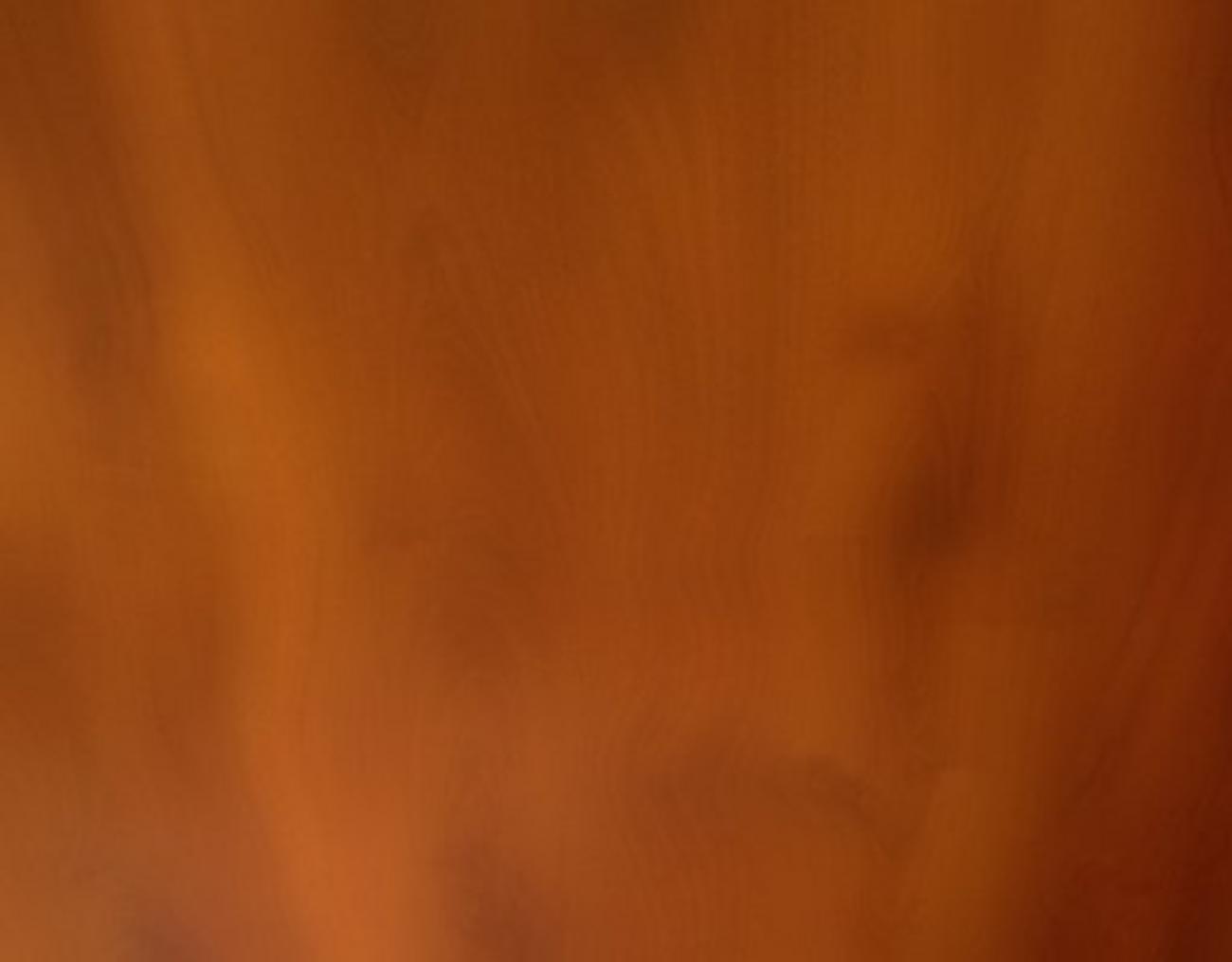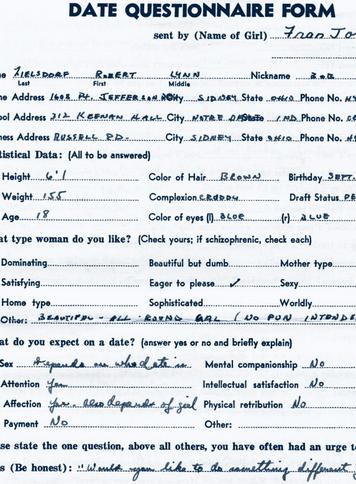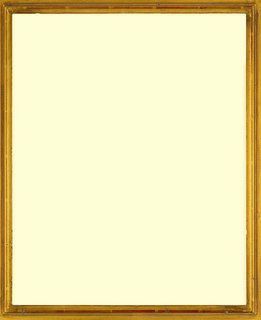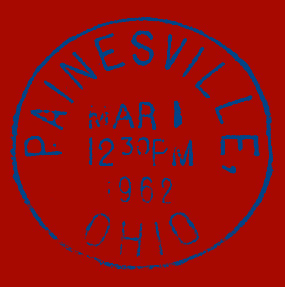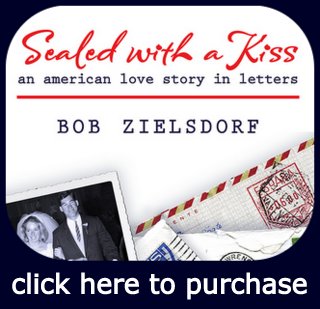An Interview with Bob Zielsdorf
If you have ever wondered about the precursors of today’s Internet sites like eHarmony and Match, this book will satisfy your curiosity. It traces the history of a long-term relationship that began with snailmail in junior high school and continues after 48 years of marriage. Reading this book is like reading the story of your own life if you were born into a middle class family in the 1940s or 50's in America and came of age in during the 60s and 70s. Some people seem to think life was easier then— not true. Getting through college, landing the first job, finding the right person for a life-long commitment and all the other challenges of launching your life were just as tough then as now. Bob and Fran’s relationship is, in essence, a testimony to what more and more young adults are discovering today—that getting to know someone intellectually via correspondence is likely to be a far better way to develop a deep, strong, permanent relationship than hoping random chance will deliver what you need. It is one of those books I enjoyed so much, I was sorry it had to end!
—Dr. Stephen J. Huxley, Professor,
University of San Francisco
because at age 13 it was a real thrill to get a letter, especially from a girl. I may have just decided to hang on to the first ones for a while. When they kept coming, I didn't see any reason to throw them all away. It was definitely one of the wiser choices I made at that age!
How do you think today’s emails and texts compare to the letters used to communicate in the past?
Letter writing tends be an art. The act of “taking pen in hand” gives you a chance to collect your thoughts, think through what you're going to say, and say it in a clear and sometimes even picturesque manner. Your handwriting is expressive too, even if it’s ungainly, like mine. When you write a letter, you're truly giving the recipient something thoughtful and personal, and you’re also giving generously of your time.
Email and texts tend to be much the opposite, especially texts. Both are composed without much reflection or thought. And both are disposable, meant to be deleted rather than saved and savored. Even when a message is saved to a hard drive or printed, the personality of the writer as expressed in his handwriting, paper choice and so on is missing. A friend of ours, who married for the second time about 10 years ago, just told me that he and his new wife courted via email. They both printed and saved those messages. Pretty unusual, I think.
Are texts and emails quick? Yes. Handy? Yes. I use both all the time. But when I really want to express something, like a heartfelt “thank you,” I still send a handwritten note.
What inspired you to decide to write a book from the letters?
After we had been married a number of years, Fran got sick—pretty rare for her. To fill her down time, she put the letters in chronological order and read them from start to finish. It took me quite a while to get around to reading them too. But when I did it struck me that we had captured unique moments, not only from our lives but also from a pivotal time in American culture. I thought maybe there was a book there —but it had to wait for me to retire.
How did you get the letters ready to use in the book?
I began by doing simple scans of the letters I planned to use on my home computer system. Though helpful as a working tool, those scans weren’t clear enough to use as images in a book…everything from my bad handwriting to the transparency of the paper Fran used when writing from Spain made readability a challenge. {continued}
It’s unusual for a teenager, especially a boy, to save things like letters so carefully. Do you remember why you did so? Does Fran?
Fran and I have often wondered with each other what possessed us to save all our letters. Neither of us really knows; we usually wind up putting it down to divine providence or helpful angels. For me, in part, it was
